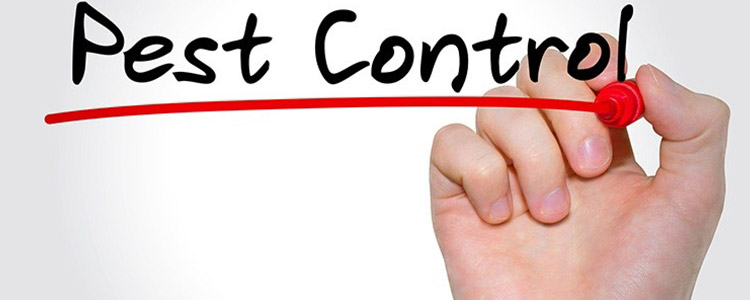
Termite Foaming Treatments
Welcome to Find My Pest Control Directory Find My Pest

Nest Site/Characteristics: Fire ants are pests of the southern United States. Native fire ants rarely become structural pests.
The red imported fire ant (RIFA) and black imported fire ant have spread to more than 13 southern and western states and continue to expand their range. These ants cause serious medical, agricultural and property damage. The RIFA is very aggressive and will sting repeatedly, especially when their colony/mound is disturbed.
Fire ants typically nest outdoors in sunny areas of exposed soil or lawns. If untreated, fire ant infestations may reach 30–100 single-queen mounds per acre,containing up to 80,000 ants. Over time, colonies may “link,” creating supercolonies of up to 250,000 ants. Mounds are rounded and range from a few inches to several feet across. Each mound has several tunnels just under the soil surface extending out several feet. After rain, nests in sandy soil are rebuilt with sponge-like surfaces. When disturbed, fire ant workers pour out of their mound and aggressively attack the offender.
Colonies generally have their own territories. They forage in established trails. Red imported fire ants will sometimes nest in areas of exposed soil within buildings (e.g., bath traps). They also build outside nests adjacent to foundation walls and slabs. Fire ants are attracted to electrical junction boxes and air conditioners. They also nest in gas and water meter boxes and follow pipes into the building.
Feeding Preferences: Red imported fire ants prefer high-protein foods, but will feed on almost any plant or animal matter.
Control: TopChoice® applied as a broadcast treatment will control fire ants for up to one year. Knockdown may take several weeks, so early-season application (November–February) is recommended.
In-season (when mounds are active), a combination treatment of TopChoice and Maxforce FC Fire Ant Bait or Maxforce Complete Granular Insect Bait provides fast knockdown and long-term control. A two-step program of first applying baits, then following with direct mound treatments with a liquid insecticide a few days later, has been demonstrated by Texas A&M University to be effective.
• Use a long injection probe to apply Temprid SC, Tempo or Suspend under high pressure into mounds.
• Apply Maxforce FC Fire Ant Bait as a broadcast, perimeter or mound treatment.